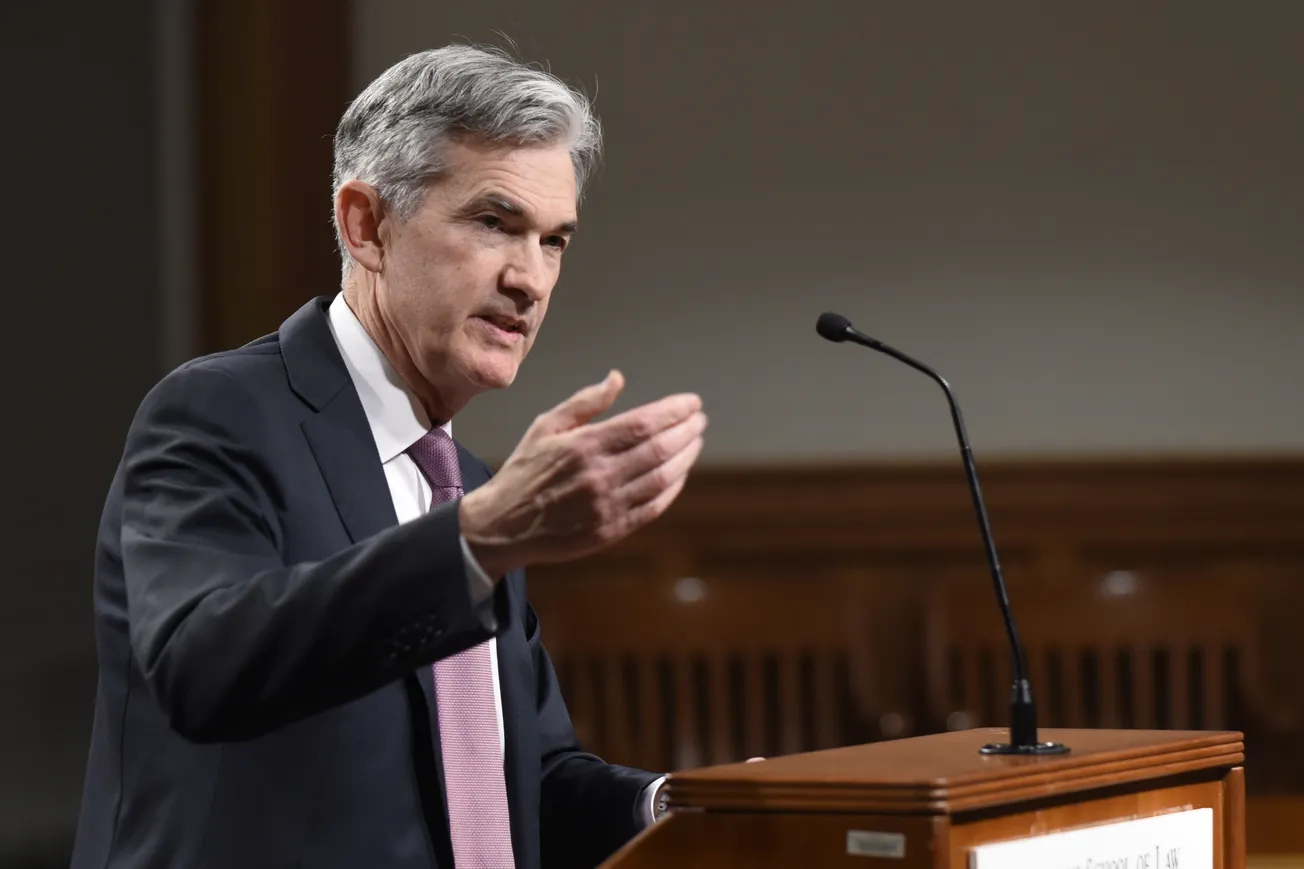By Doug French, Mises Institute | September 23, 2023
Bank CEOs always have their heads in the clouds. First, pessimists never earn a seat in the corner office. Plus, it takes a good-sized ego to climb to the top of a bank bureaucracy. A person running a bank believes they can sail the ship through any stormy economic weather.
Take John Allison. He’s the chairman of a bank holding company, Home BancShares. He told the Wall Street Journal about a time when the regulator of Home BancShares, the Federal Reserve, was badgering him to slow down on real-estate lending in 2019. “They’re telling us the construction lending space is going to blow up . . . and the world is coming to an end,” Allison recalled. “And I said, ‘You know what? I don’t see it.’”
A CEO I worked for was pithier when the regulators sang the same tune about his bank’s growth. “What do you want me to do, close at noon?” he said. A decade later his bank failed.
Mr. Allison’s Home BancShares is the holding company to Centennial Bank, based in Conway, Arkansas, which is a “big funder of developers building luxury skyscrapers in New York and Miami. Construction loans are among the riskiest types of real-estate lending,” report Shane Shifflett and Konrad Putzier for the Wall Street Journal. “If the big, bad wolf shows up it will hurt a lot of banks, but it won’t hurt Home BancShares,” Allison said in a recent interview.
It’s hard to imagine a bank in Conway funding big deals, or at least pieces of big deals on tall buildings in places like New York and Miami. But how much loan business can there be in Conway? And you can tell from Allison’s quotes that he’s a guy who wants to grow his business, so his bank went where the loans were. This isn’t It’s a Wonderful Life, and Allison isn’t George Bailey.
Shifflett and Putzier tell us banks smaller than $250 billion in assets held about 75 percent of all commercial real-estate loans as of the just completed second quarter of this year. These banks (like Allison’s) accounted for nearly $758 billion of commercial real-estate lending since 2015, or about three-quarters of the total increase during that period. That loan volume pushed up commercial real estate prices by 43 percent from 2015 to 2022, according to real-estate firm Green Street.
While Mr. Allison figures his bank is bulletproof, commercial property sales in July were down 74 percent from a year earlier, and sales of downtown office buildings hit the lowest level in at least two decades, according to MSCI Real Assets. “When deal volume picks up, deals will be made at far lower prices, which will shock banks,” said Michael Comparato, head of commercial real estate at Benefit Street Partners, a debt-focused asset manager. “It’s going to be really nasty,” he told the Wall Street Journal.
And then there’s coming maturities. Each of the next five years has $400 billion to $500 billion in loans coming due, with many of these projects being uneconomic (or underwater) at current interest rates, not to mention higher rates.
Of course, Mr. Allison may not be aware of, or refuses to believe, this bad news because real estate developers are as optimistic as bank CEOs, or more so. The developer tells his loan officer everything is going to be okay and talks about leases that will never be signed and other rose-colored vignettes. The loan officer relays to his or her department manager the happy news, which trickles up to the bank CEO who wants to believe everything he or she touches will turn to gold. No big, bad wolf is gonna blow CEO Allison’s bank door down.
But as Murray Rothbard wrote in the Mystery of Banking, “Fractional reserve bank credit expansion is always shaky, for the more extensive its inflationary creation of new money, the more likely it will be to suffer contraction and subsequent deflation.”
A bank’s loans may be on big, tall buildings, but fractional reserves make any bank a house of cards.
Douglas French is President Emeritus of the Mises Institute, author of Early Speculative Bubbles & Increases in the Money Supply, and author of Walk Away: The Rise and Fall of the Home-Ownership Myth. He received his master's degree in economics from UNLV, studying under both Professor Murray Rothbard and Professor Hans-Hermann Hoppe.









